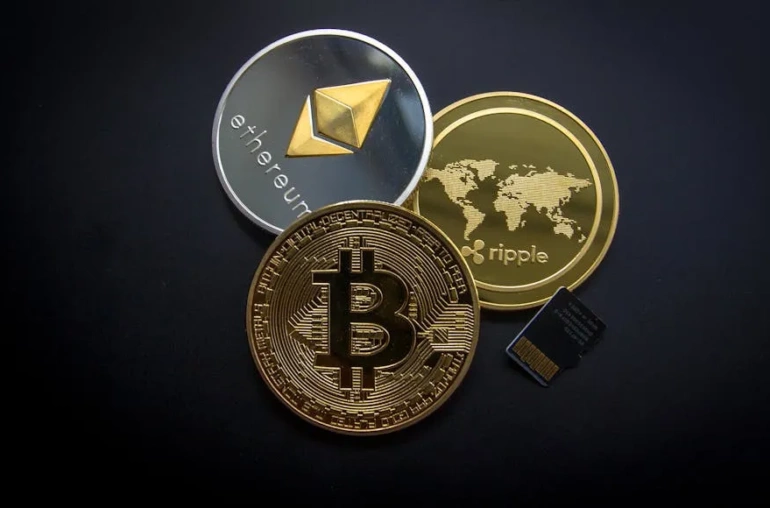
Major Hack Targets GMX’s Arbitrum Liquidity Pool, Exposing Vulnerabilities in DeFi
In a startling incident that has sent ripples throughout the decentralized finance (DeFi) community, hackers have successfully exploited vulnerabilities in GMX’s V1 GLP liquidity pool on the Arbitrum network, resulting in a staggering loss of over $42 million. This brazen attack raises critical questions about the security of audited contracts in the world of DeFi and leaves traders and investors reeling in its aftermath.
The Incident: A Closer Look
Despite robust scrutiny and multiple layers of security, GMX’s liquidity pool fell victim to a sophisticated exploit. The attack occurred in broad daylight, highlighting the persistent risks associated with DeFi protocols, even those that have undergone thorough auditing processes. The incident has prompted a reevaluation of security protocols within the sector and has left many in the community wondering how such a breach could occur.
Implications for Traders
With the leverage functions now frozen in the wake of the hack, traders are left in a state of uncertainty. Many are asking, “How did this happen?” and “What does this mean for the future of DeFi?” The answers are not straightforward. The hack not only impacts the immediate liquidity pool but also raises concerns about the overall stability and reliability of DeFi platforms, which are often touted for their transparency and security.
Understanding the Vulnerabilities
The question that lingers is how hackers managed to exploit what were believed to be secure and audited contracts. One theory suggests that while audits can identify a range of potential vulnerabilities, they may not cover every conceivable attack vector. As the DeFi landscape continues to evolve, so too do the tactics employed by cybercriminals. This incident serves as a stark reminder of the importance of continual security assessments and the need for protocols to adapt to new threats.
The Road Ahead for DeFi
The fallout from this hack could lead to increased scrutiny of DeFi protocols and their security measures. Investors and traders may become more cautious, impacting liquidity and trading volumes across the sector. In response, developers may need to prioritize security enhancements and implement more rigorous testing measures to safeguard against future attacks.
As the community grapples with the implications of this breach, one thing is clear: the DeFi space must evolve to address these vulnerabilities. The attack on GMX’s liquidity pool is not just a wake-up call for one platform; it’s a critical moment for the entire DeFi ecosystem to reassess its security frameworks and ensure that user funds are protected.
Conclusion
The recent hack of GMX’s Arbitrum liquidity pool underscores the inherent risks present in the DeFi landscape. As the community processes the implications of this incident, the focus must shift to improving security measures and fostering a more resilient environment for traders and investors alike. Only by addressing these vulnerabilities can the DeFi space continue to thrive in an ever-evolving digital landscape.



